Third-Party Fraud: When Strangers Become Customers


If first-party fraud is about customers deceiving businesses, third-party fraud is the more familiar threat. This is the classic scenario where a fraudster uses stolen information to impersonate someone else. It is what most people think of when they hear the word “fraud.”
Third-party fraud involves outsiders who have no legitimate relationship with the business. They gain access by stealing credentials, creating synthetic identities, or tricking real customers into handing over sensitive data. For companies across industries, this is the type of fraud that dominates headlines and drives large-scale security investments.
What Third-Party Fraud Looks Like
Third-party fraud takes many forms. It can be a stolen credit card used to make online purchases. It can be an account takeover, where a criminal gains access to a bank or e-commerce profile and drains funds. It can also appear as synthetic identity fraud, where pieces of real and fake data are combined to create a new but fraudulent customer record.
The common thread is that the fraudster is an outsider. Unlike first-party fraud, where intent is the issue, third-party fraud is about unauthorized access and identity theft.
The Dangers of Third-Party Fraud
Fraud tactics are never static. As businesses build better defenses, criminals adapt. Today’s third-party fraud is harder to detect because stolen data is widely available and attacks are highly automated. Data breaches, phishing campaigns, and dark web marketplaces supply criminals with endless material to work with.
At the same time, digital commerce keeps expanding. Every new app, payment channel, or account portal becomes a potential target. Criminals exploit the weakest links, moving quickly from one opportunity to the next.
Third-party fraud creates immediate and visible losses. Unauthorized purchases, drained accounts, and fraudulent loans can add up to millions in direct financial impact. But the harm does not stop there. Customers who fall victim to account takeover often lose trust in the business, even if the company refunds their money. Regulatory fines and reputational damage compound the cost.
Fraud also erodes the overall customer experience. To protect against unauthorized activity, businesses may add more friction to legitimate interactions. That makes it harder to attract and retain customers in competitive markets.
How Businesses Are Responding
Defending against third-party fraud requires layered protection. Companies are investing in stronger identity verification, device intelligence, and behavioral analytics to separate legitimate customers from impostors. Real-time monitoring can detect unusual patterns, while shared intelligence networks help organizations stay ahead of emerging threats.
Customer awareness also matters. Many successful attacks begin with phishing or social engineering. By educating users about these risks, businesses can reduce the chances of compromise before a fraudster even attempts to transact.
The strongest programs combine prevention with recovery. They not only block unauthorized activity but also provide clear paths for legitimate customers to regain access when their accounts are compromised. This balance is essential for maintaining trust.
Why It Matters Now
Third-party fraud may be the oldest trick in the fraud playbook, but it is far from obsolete. As digital transactions multiply, the attack surface only grows. Criminals are faster, more organized, and better equipped than ever. For businesses, the stakes are clear: blocking fraudsters, not legitimate customers.
Identity verification, fraud intelligence, and strong recovery practices are no longer optional. They are the foundation of digital trust and the competitive edge for companies that get them right.















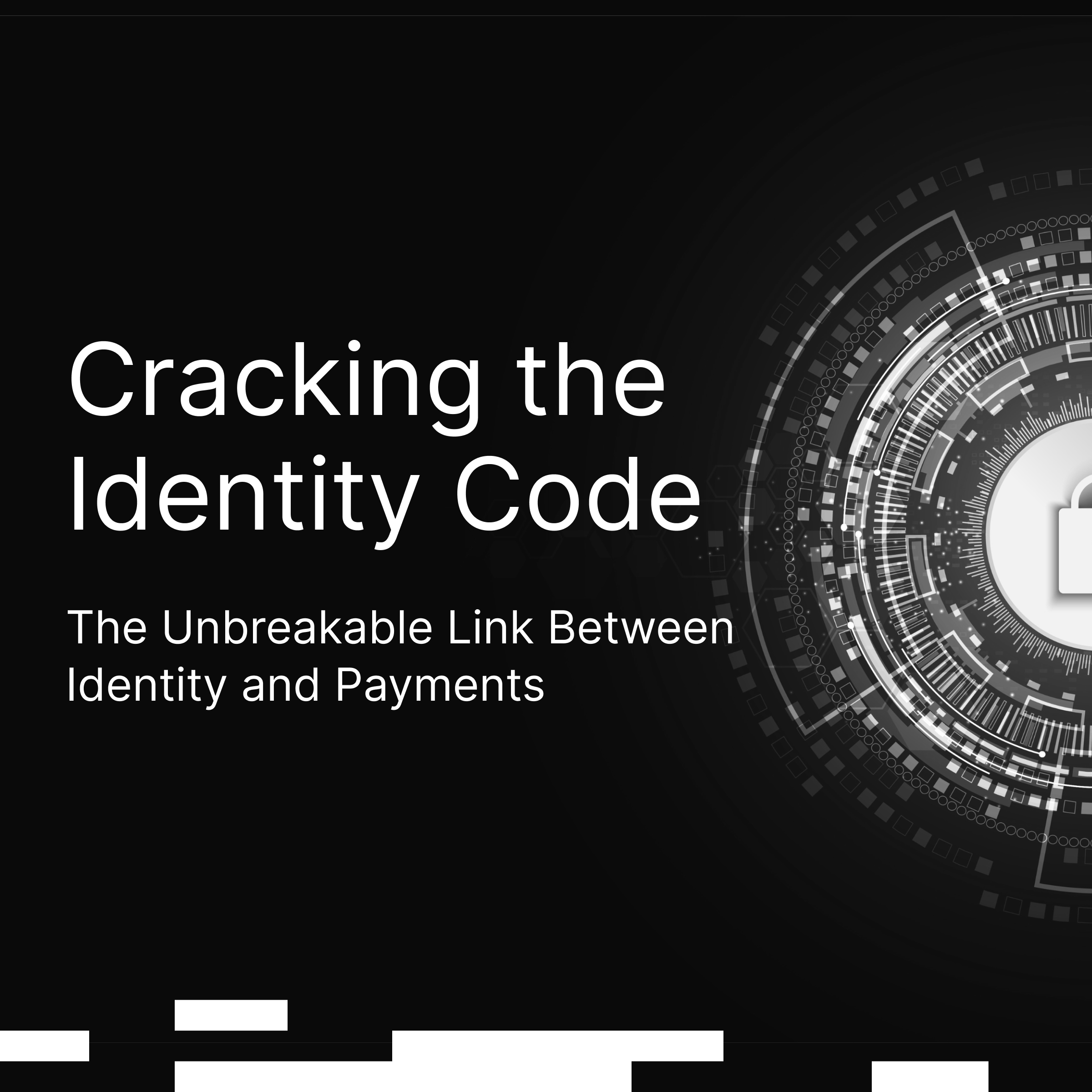



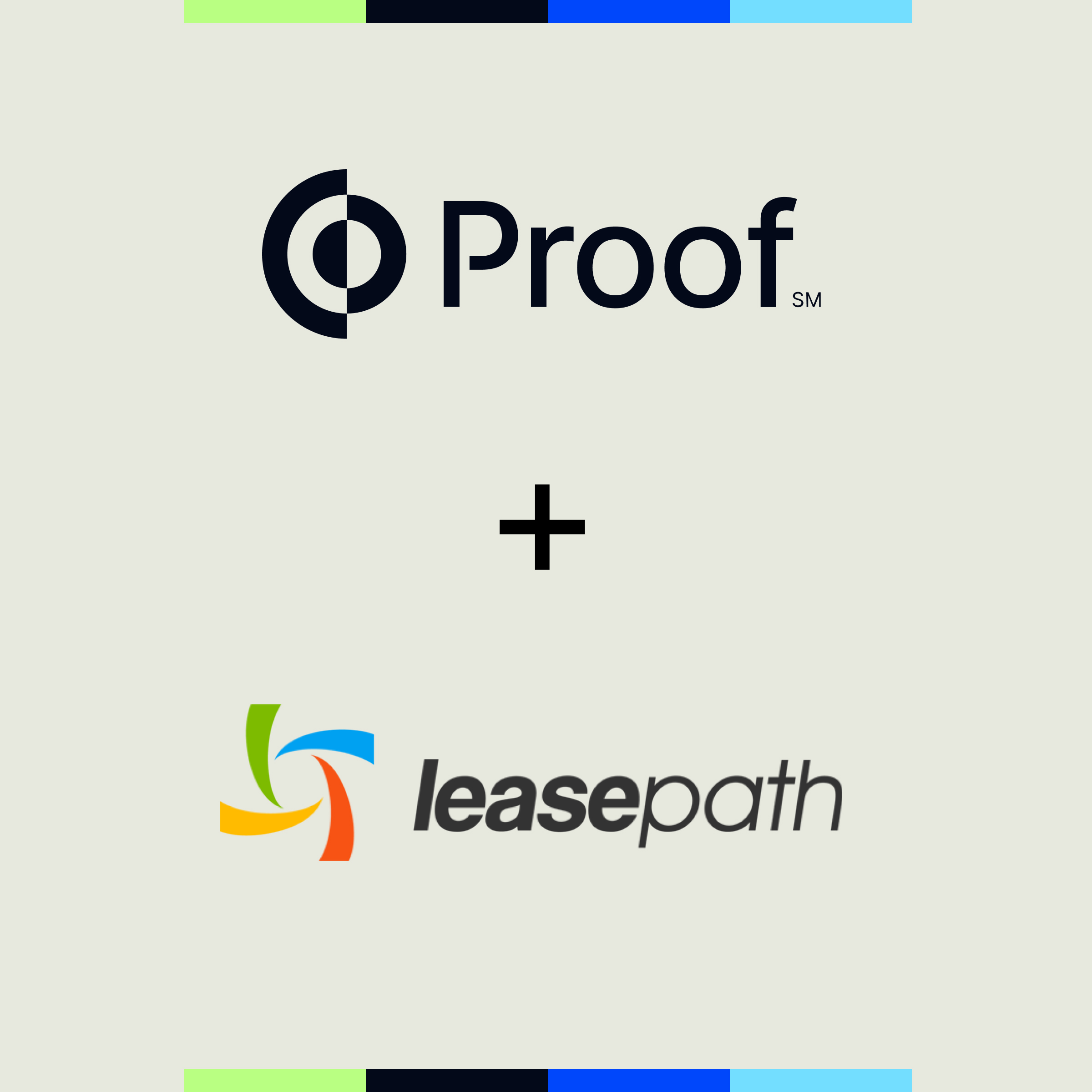


















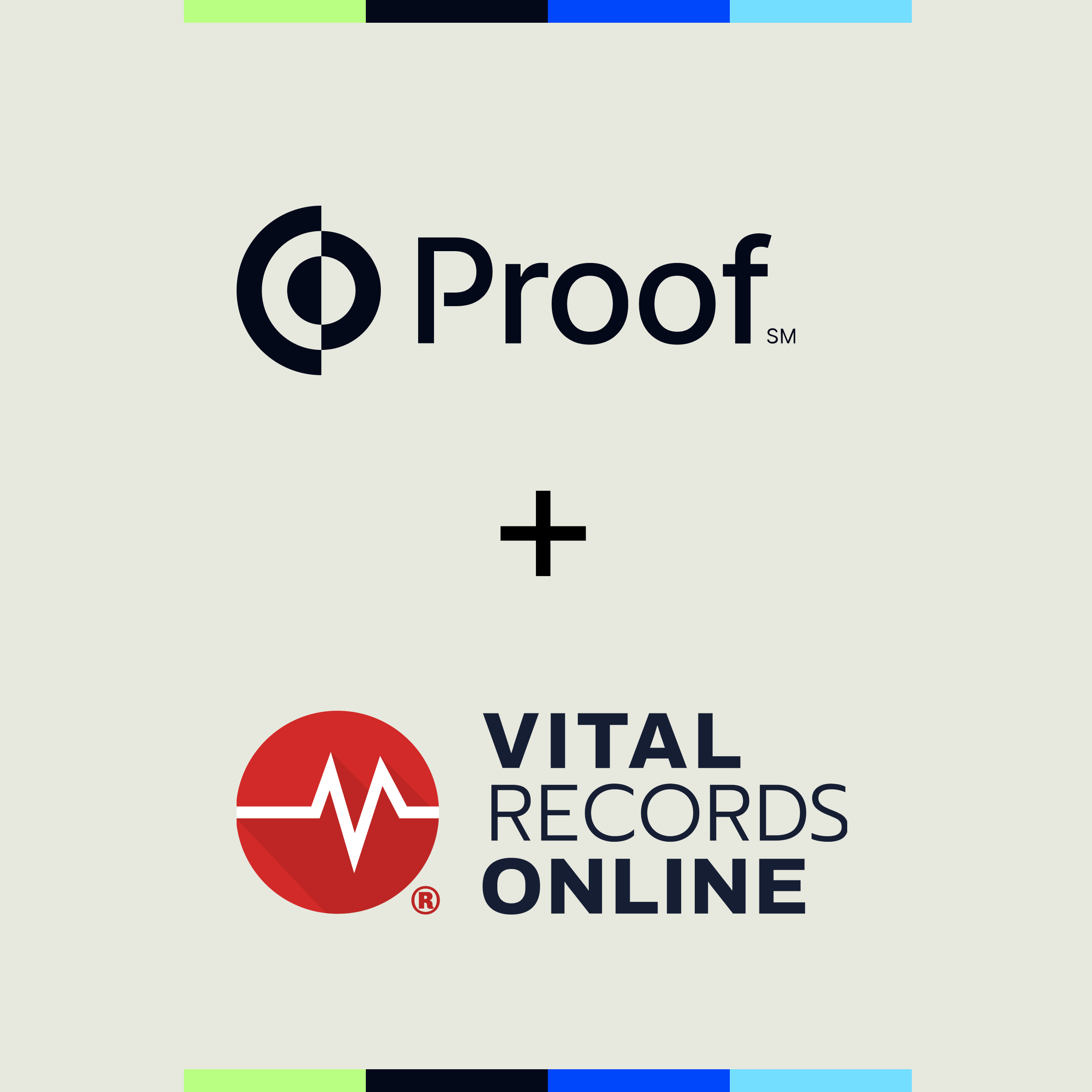








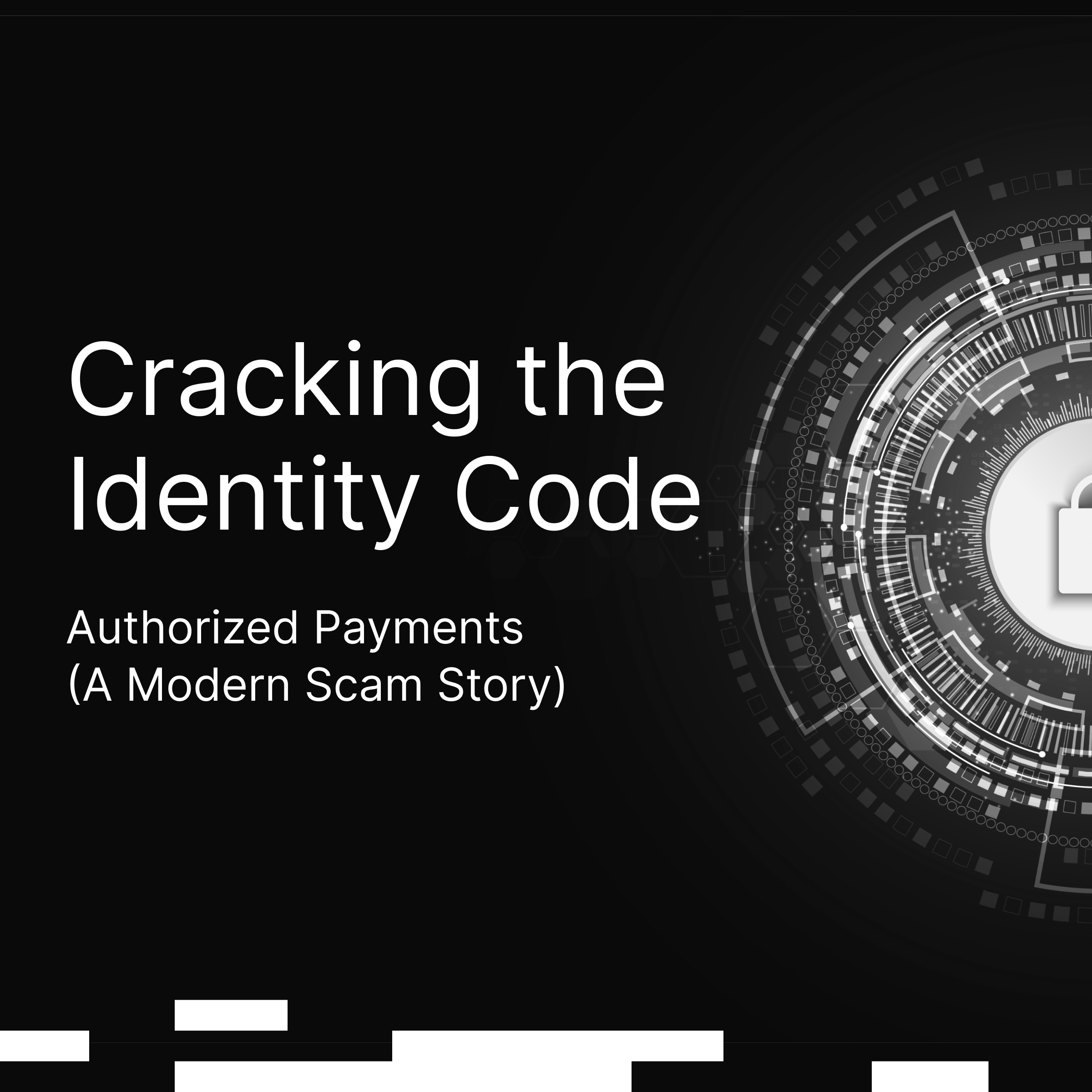








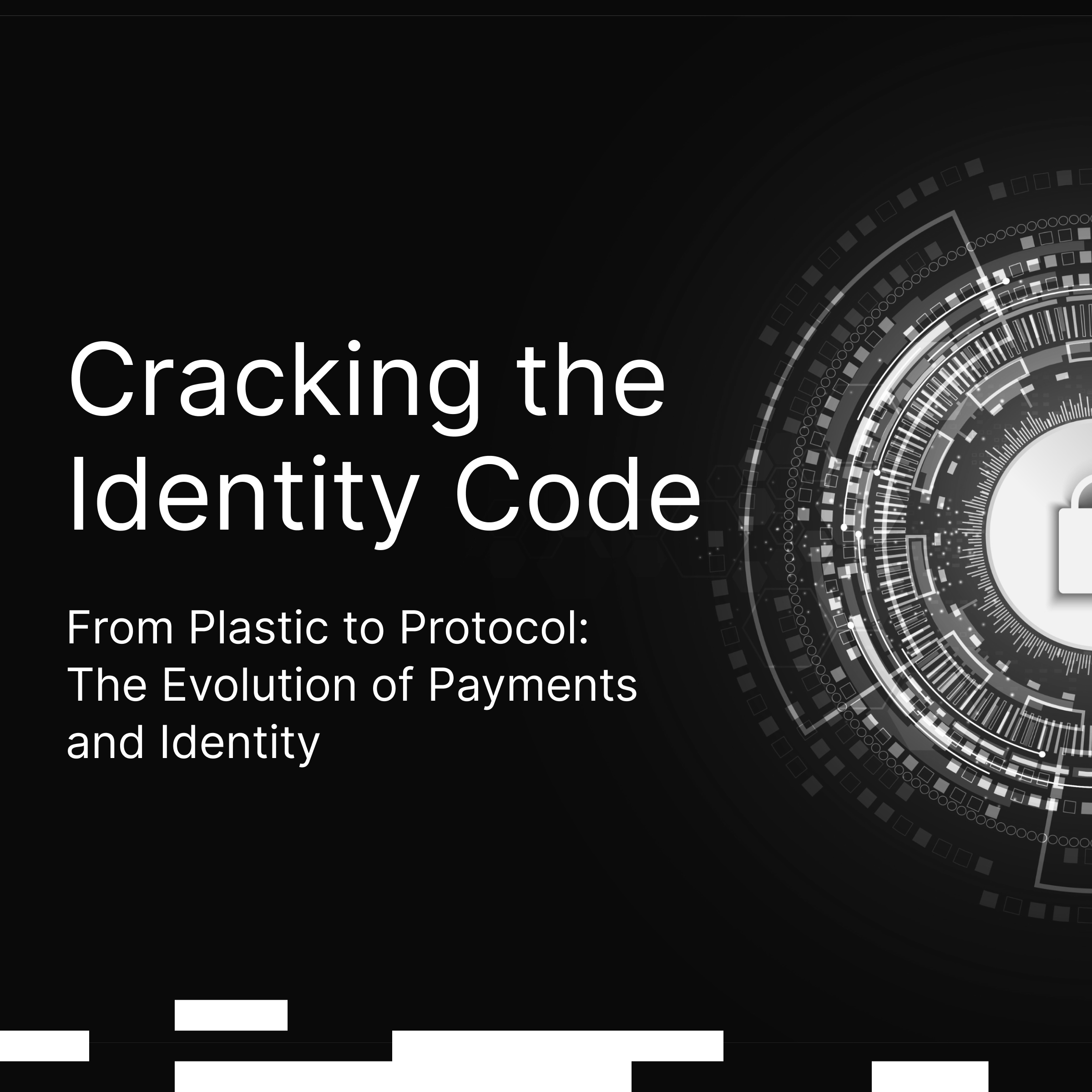

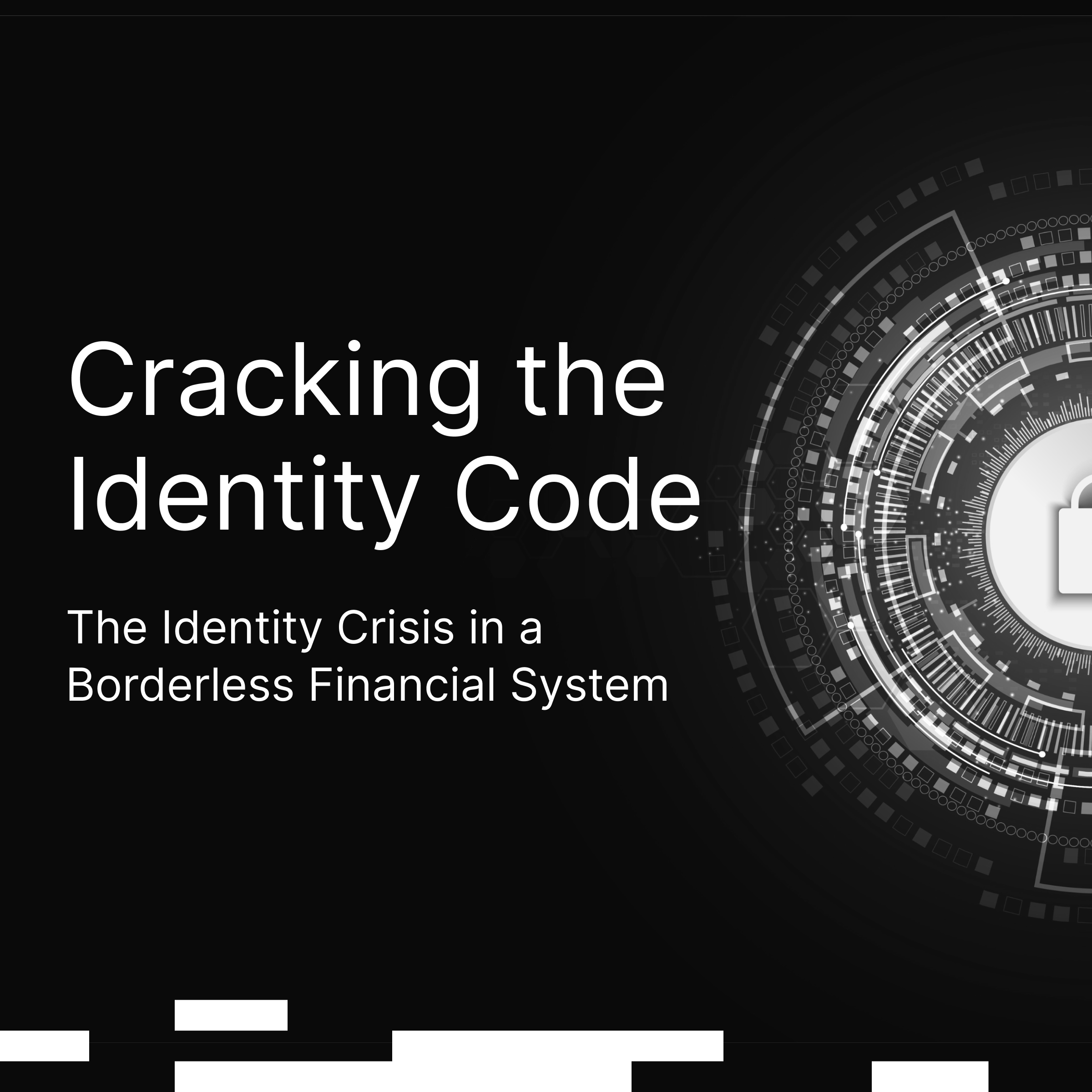








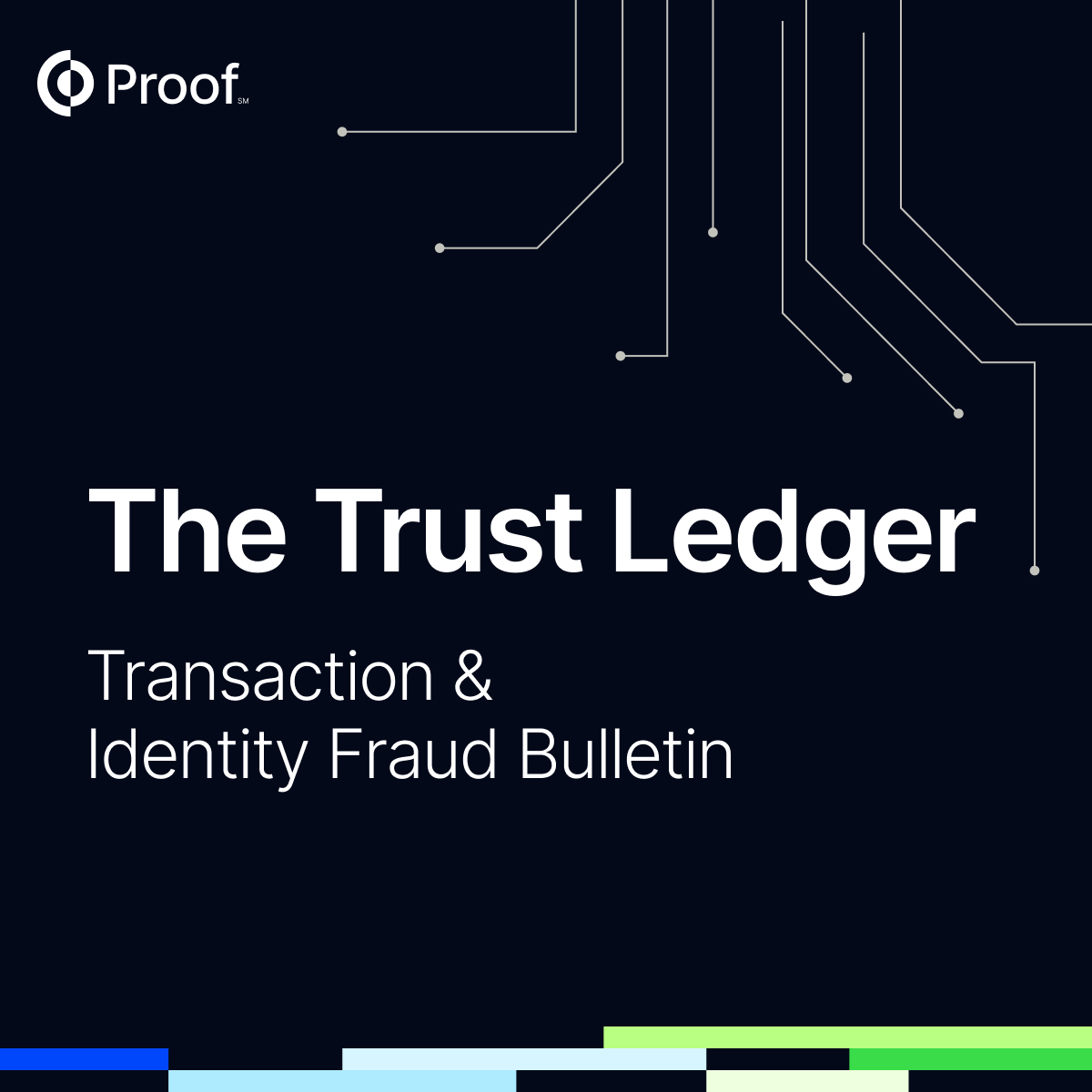









































.jpg)





.png)
.png)







.png)






